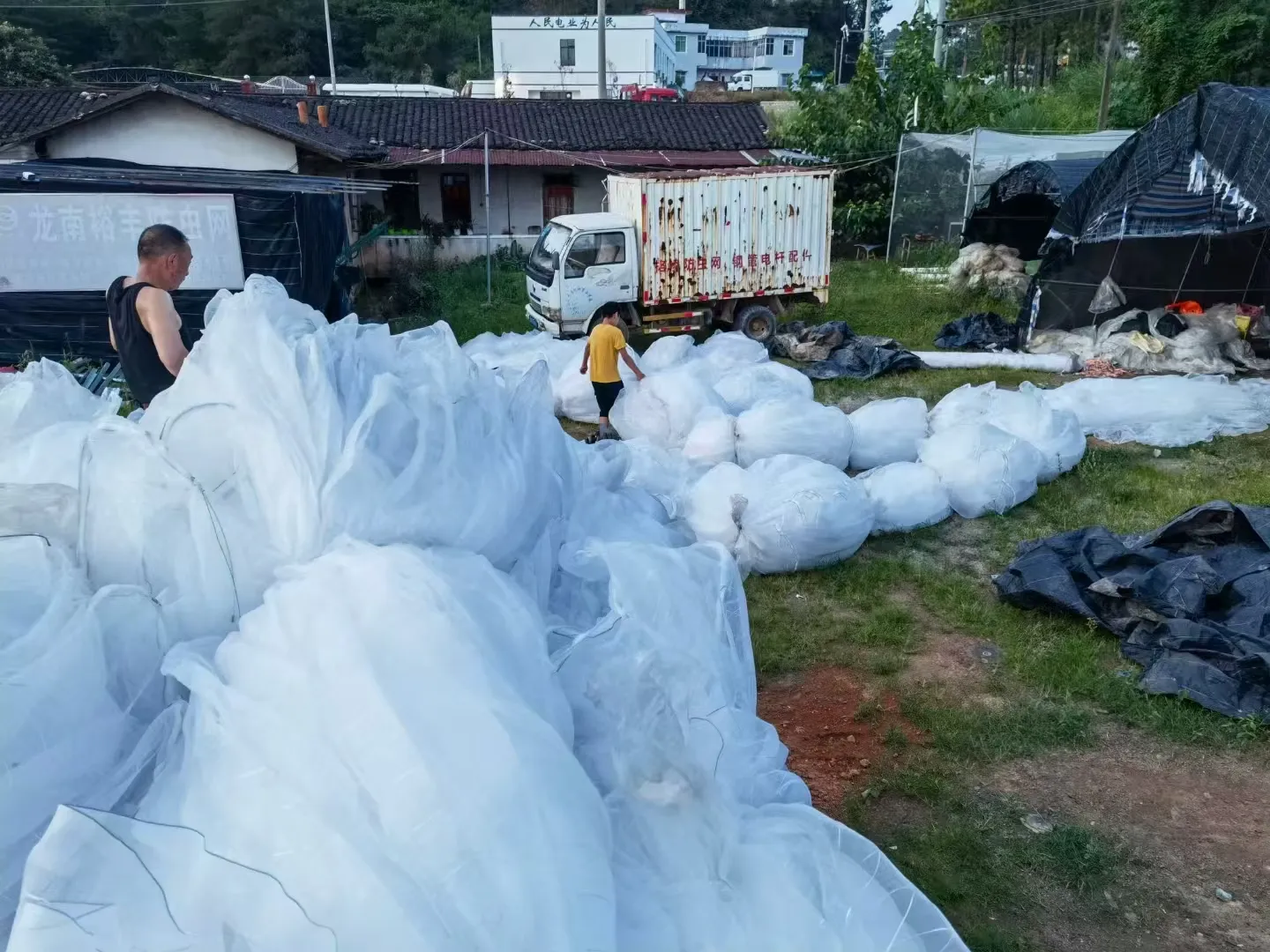-
 Afrikaans
Afrikaans -
 Albanian
Albanian -
 Amharic
Amharic -
 Arabic
Arabic -
 Armenian
Armenian -
 Azerbaijani
Azerbaijani -
 Basque
Basque -
 Belarusian
Belarusian -
 Bengali
Bengali -
 Bosnian
Bosnian -
 Bulgarian
Bulgarian -
 Catalan
Catalan -
 Cebuano
Cebuano -
 China
China -
 Corsican
Corsican -
 Croatian
Croatian -
 Czech
Czech -
 Danish
Danish -
 Dutch
Dutch -
 English
English -
 Esperanto
Esperanto -
 Estonian
Estonian -
 Finnish
Finnish -
 French
French -
 Frisian
Frisian -
 Galician
Galician -
 Georgian
Georgian -
 German
German -
 Greek
Greek -
 Gujarati
Gujarati -
 Haitian Creole
Haitian Creole -
 hausa
hausa -
 hawaiian
hawaiian -
 Hebrew
Hebrew -
 Hindi
Hindi -
 Miao
Miao -
 Hungarian
Hungarian -
 Icelandic
Icelandic -
 igbo
igbo -
 Indonesian
Indonesian -
 irish
irish -
 Italian
Italian -
 Japanese
Japanese -
 Javanese
Javanese -
 Kannada
Kannada -
 kazakh
kazakh -
 Khmer
Khmer -
 Rwandese
Rwandese -
 Korean
Korean -
 Kurdish
Kurdish -
 Kyrgyz
Kyrgyz -
 Lao
Lao -
 Latin
Latin -
 Latvian
Latvian -
 Lithuanian
Lithuanian -
 Luxembourgish
Luxembourgish -
 Macedonian
Macedonian -
 Malgashi
Malgashi -
 Malay
Malay -
 Malayalam
Malayalam -
 Maltese
Maltese -
 Maori
Maori -
 Marathi
Marathi -
 Mongolian
Mongolian -
 Myanmar
Myanmar -
 Nepali
Nepali -
 Norwegian
Norwegian -
 Norwegian
Norwegian -
 Occitan
Occitan -
 Pashto
Pashto -
 Persian
Persian -
 Polish
Polish -
 Portuguese
Portuguese -
 Punjabi
Punjabi -
 Romanian
Romanian -
 Russian
Russian -
 Samoan
Samoan -
 Scottish Gaelic
Scottish Gaelic -
 Serbian
Serbian -
 Sesotho
Sesotho -
 Shona
Shona -
 Sindhi
Sindhi -
 Sinhala
Sinhala -
 Slovak
Slovak -
 Slovenian
Slovenian -
 Somali
Somali -
 Spanish
Spanish -
 Sundanese
Sundanese -
 Swahili
Swahili -
 Swedish
Swedish -
 Tagalog
Tagalog -
 Tajik
Tajik -
 Tamil
Tamil -
 Tatar
Tatar -
 Telugu
Telugu -
 Thai
Thai -
 Turkish
Turkish -
 Turkmen
Turkmen -
 Ukrainian
Ukrainian -
 Urdu
Urdu -
 Uighur
Uighur -
 Uzbek
Uzbek -
 Vietnamese
Vietnamese -
 Welsh
Welsh -
 Bantu
Bantu -
 Yiddish
Yiddish -
 Yoruba
Yoruba -
 Zulu
Zulu
dust netting
Understanding Dust Netting An Essential Tool for Environmental Protection
In a world increasingly concerned about environmental health and safety, dust netting has emerged as a crucial intervention strategy. This material not only serves as a protective barrier but also plays a significant role in maintaining air quality, especially in industrial and construction sites. This article delves into the various aspects of dust netting, its applications, and its importance in mitigating dust pollution.
What is Dust Netting?
Dust netting, often made from high-density polyethylene or similar materials, is designed to trap airborne particulates resulting from various activities. These nets are typically lightweight yet durable, capable of withstanding harsh weather conditions, making them suitable for both indoor and outdoor applications. The mesh-like structure of dust netting allows for air circulation while effectively capturing dust particles, preventing them from being released into the atmosphere.
Applications of Dust Netting
1. Construction Sites One of the primary applications of dust netting is in the construction industry. During building and demolition activities, a significant amount of dust is generated, which can have detrimental effects on nearby residents and the environment. Dust netting is often employed to enclose construction sites, reducing dust emissions and mitigating complaints from the community.
2. Mining Operations The mining sector is notorious for its dust pollution, which can pose serious health risks to workers and surrounding populations. Dust netting systems are used to cover stockpiles and manage dust emissions during extraction processes. By controlling dust at its source, mining companies can enhance worker safety and comply with environmental regulations.
dust netting

3. Agriculture In agricultural settings, dust nets can help protect crops from soil erosion and help maintain moisture levels. They can also mitigate the impact of dust that arises from heavy machinery used in farming operations. By reducing dust pollution, these nets contribute to healthier crop production and improved air quality.
4. Waste Management In landfills and waste treatment facilities, dust can become an issue as waste materials are handled. Dust netting can capture airborne particulates, helping to maintain a clean environment for workers and minimizing the impact on nearby communities.
Importance of Dust Netting
The importance of dust netting cannot be overstated. Dust pollution is linked to a range of health issues, including respiratory diseases, cardiovascular problems, and even premature death. By implementing dust control measures such as dust netting, industries can significantly reduce the amount of particulate matter released into the air, contributing to a healthier environment.
Moreover, dust netting supports compliance with environmental regulations. Many countries have stringent laws regarding air quality and dust pollution, and industries are often required to implement measures that minimize their environmental footprint. Using dust netting not only helps to meet these regulations but also enhances a company’s reputation as a responsible corporate citizen.
Conclusion
In summary, dust netting is an essential tool in the fight against dust pollution and environmental degradation. Its applications span various industries, from construction to agriculture, underscoring its versatility and importance. As environmental concerns continue to rise, the use of dust netting will likely become even more prevalent. By adopting such measures, we can work towards a cleaner, healthier planet for future generations. The effective implementation of dust control strategies like dust netting is not just beneficial; it is imperative for sustainable development and environmental stewardship.
-
Shipping Plastic Bags for Every NeedNewsJul.24,2025
-
Safety Netting: Your Shield in ConstructionNewsJul.24,2025
-
Plastic Mesh Netting for Everyday UseNewsJul.24,2025
-
Nylon Netting for Every UseNewsJul.24,2025
-
Mesh Breeder Box for Fish TanksNewsJul.24,2025
-
Expanded Steel Mesh Offers Durable VersatilityNewsJul.24,2025











